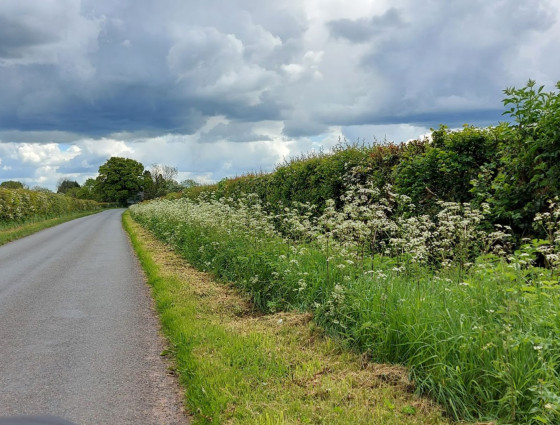Worcestershire’s grass cutting programme has finished for the year with over 8,000 km of grass being chopped – the equivalent distance from Worcestershire to Brazil.
The county has over 6 million metres squared of rural verges and over 320,000m2 of central reservations in place across the county.
A new cutting regime has been in place since 2016, which helps to keep roads visible for motorists but also provides a safe space for wildlife too.
The Council changed the way it cut grass on central reservations last year, cutting less to make the area more friendly and protected for pollinators. When the visibility splays and road junctions are cut back, only 1m or 2m of grass is now cut back from the carriageway, leaving significant uncut areas available for wildlife.
Councillor Alan Amos, Cabinet Member with Responsibility for Highways and Transport, said: “Although our primary duty with regards to roadside verges is one of safety, we have made a pledge to support the recovery of pollinator populations within Worcestershire and this includes the way that we now manage the sites.
‘’There are 37 Roadside Verge Nature Reserves designated for rare or special species and habitats across our County and all sites now receive a bespoke approach to ensure that protected or rare species are fully considered when it comes to maintenance’.”
Worcestershire County Council has become pollinator friendly to promote the protection of pollinating insects and their habitat.
Dual carriageway verges offer important linear networks for pollinators. Often referred to as ‘Bee Lines’, they connect previously isolated areas of ecological interest.
Worcestershire County Council is very proud of its roadside verge maintenance programme and is also committed to the environment.
During the summer months, the roadsides grow very quickly and there is a statutory duty to maintain them and to make sure the road network is safe.
However, the changes implemented over the past six years have seen significant improvement to biodiversity opportunities on Worcestershire’s network.

 Facebook
Facebook Twitter
Twitter Email
Email WhatsApp
WhatsApp Messenger
Messenger